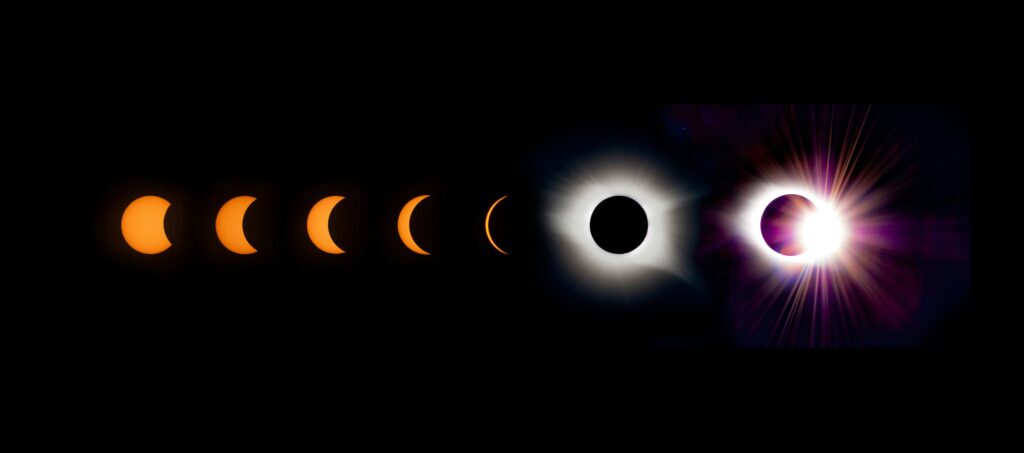When is an asteroid next predicted to hit the earth

Asteroids always pass by our Earth but no one notices them then, but when there is a possibility of one of them colliding with our Earth, it immediately attracts everyone’s attention. One such asteroid 2024 YR4, whose size is equal to a football field. Scientists are estimating that there is a 2.1% chance of that asteroid colliding with Earth on 22 December 2032
Although the probability is low, the potential consequences are enough to make astronomers keep a close eye on its path. And today we will know through this blog how scientists track such objects, how they make strategies to avoid them and how they are controlled.
What is Asteroid 2024 YR4 and Why Does It Matter?
Asteroid 2024 YR4 was first seen in December 2024 by (ATLAS), which is used to detect dangerous objects near the Earth. It was this that first discovered asteroid 2024 YR4. Its size is very huge, which can cause a lot of damage to the Earth if it collides with it.
If it collides with the Earth, its impact will be felt in North South America, South Asia, Arabian Sea, Africa and Atlantic Ocean.
How Do Scientists Predict Impact Probability?
After detecting an asteroid, the next task is to calculate its orbit and predict its path. This involves tracking its motion for days, weeks, and even months to understand its velocity and trajectory. Using this data, astronomers apply complex mathematical models to predict where and when the object will be in the future.
For 2024 YR4, scientists initially calculated a 2.1% chance of impact on December 22, 2032. However, as they collect more data and refine their models, this probability is expected to decrease. And gradually a more accurate data is expected to emerge.The main challenge lies in accurately predicting the asteroid’s trajectory, which depends on many variables, including its speed, distance from Earth and interactions with other celestial bodies.
An important complication is the Yarkovsky effect, a force that slightly alters an asteroid’s orbit due to thermal radiation. As the asteroid absorbs sunlight and then emits heat, it experiences a small push that can change its path over time. This effect is particularly relevant for small asteroids like 2024 YR4 and detailed observations are needed to understand its impact on orbital calculations.
How Do Astronomers Estimate Size and Distance?

Assessing the potential threat an asteroid poses requires an accurate estimate of its size and distance from Earth. Astronomers estimate the size of an asteroid by analyzing its brightness, but this can be misleading if the object’s reflectivity is unknown. A highly reflective asteroid may appear larger than its actual size, leading to miscalculations of risk. To combat this, astronomers use infrared telescopes to measure the heat emitted by the asteroid, which provides a more reliable estimate of its size. In March 2025, the James Webb Space Telescope (JWST) is scheduled to observe 2024 YR4 using its advanced infrared sensor. This will help scientists refine their size estimates and better understand the asteroid’s composition.
Additionally, astronomers use radar telescopes to bounce radio waves off asteroids, measuring the time it takes for the signals to return. This technique provides precise distance measurements, allowing accurate calculations of the asteroid’s orbit and impact probability.
Potential Impact Scenarios: What If 2024 YR4 Hits Earth?
Although the likelihood of impact is low, it is still important to understand the potential consequences. Although the probability of impact is low, it is still important to understand the possible consequences. An asteroid as massive as YR4 can cause a…huge catastrophe. If it falls on a populated country, it will affect a…huge part of the country. Millions of lives can be lost, life can be completely destroyed. And if it falls on an ocean, the resulting T-tsunami can devastate coastal areas.
The energy released from such an impact is equivalent to several nuclear bombs, making it extremely important for scientists to monitor 2024 YR4 closely to help prevent any impending danger.
Planetary Defense: Can We Stop It?

If an impact is likely, scientists may consider a planetary defense mission to deflect the asteroid. In 2022, NASA’s DART mission successfully altered an asteroid’s orbit by colliding it with one such spacecraft, proving that such a deflection strategy is possible.
For 2024 YR4, possible defense methods include:
- Kinetic impactors: Spacecraft designed to collide with the asteroid, changing its trajectory.
- Gravity tractors: Spacecraft that fly near the asteroid, using their gravitational pull to change its path over time.
- Nuclear deflections: Using nuclear explosions near (not on) the asteroid to push it out of the way.
Seeing this, YR4 is likely to reach near Earth in 2024, so scientists have many years to plan and execute a deflection mission if needed and it will be done if needed as it is a question of millions of lives.
• Conclusion: What’s Next for 2024 YR4?
If it is seen in the present, then there is nothing to fear yet. Astronomers will continue to monitor its orbit, refine the possibility of impact and collect data using advanced telescopes like JWST to keep getting updates and assessing it.
Even though there is no danger in 2024 YR4 present, it is indicating the destruction that is coming to us and we have to prepare now to save ourselves from it
Final Thoughts
Asteroids like 2024 YR4 remind us of the dynamic and sometimes dangerous nature of our solar system. Through continued observation and advancements in space technology, scientists are better equipped to predict and potentially prevent asteroid impacts, safeguarding our planet’s future

